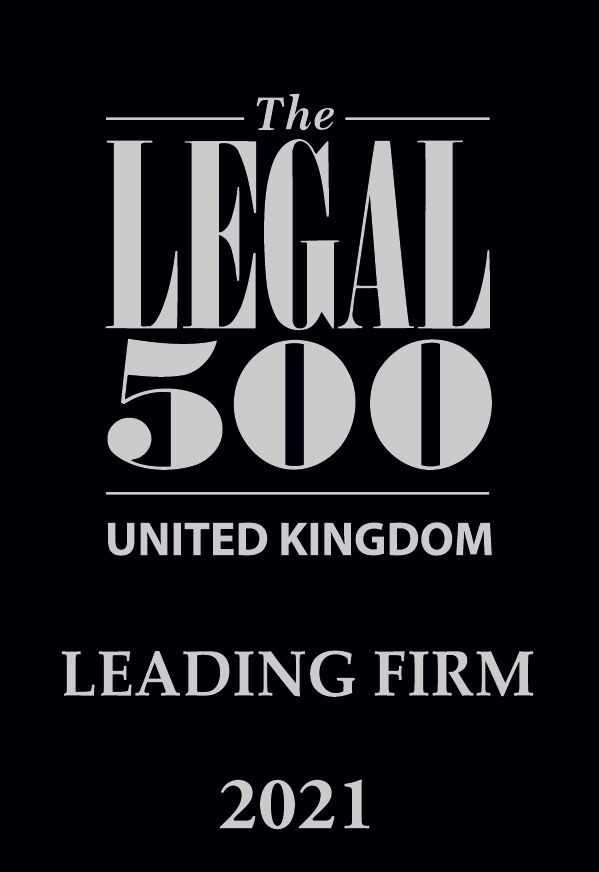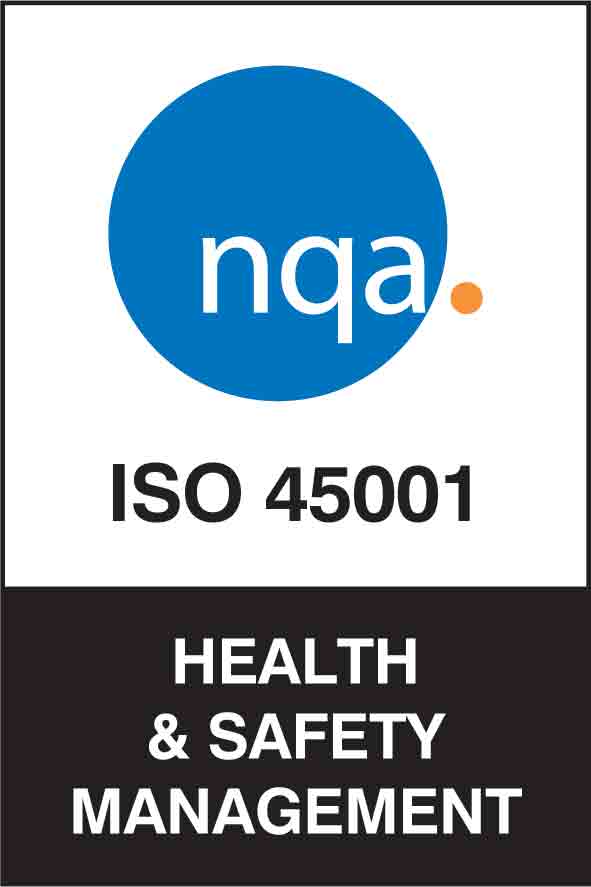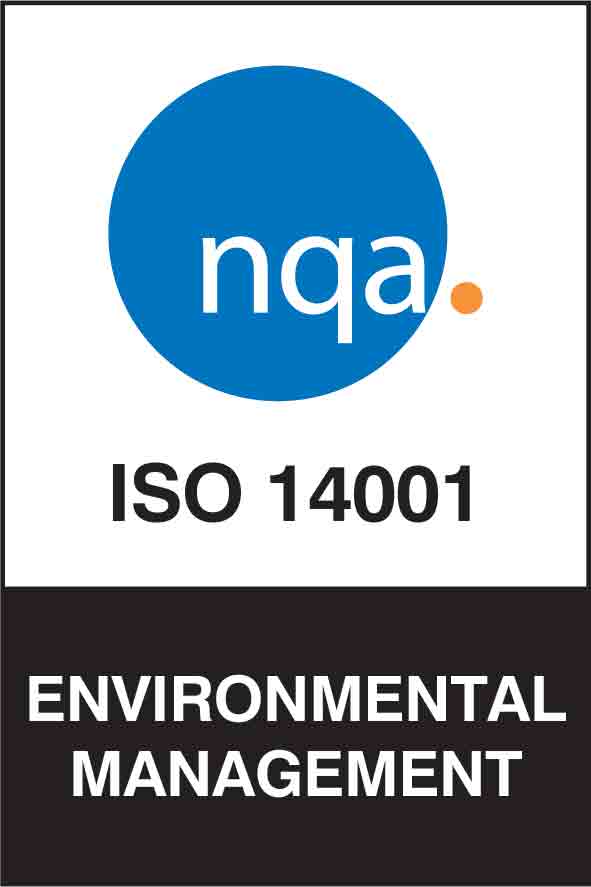COVID-19 advice
The information in this blog is correct as at 28 May 2020. For the most up-to-date Employment Law and Health & Safety advice to support your organisation through the COVID-19 pandemic, visit our Coronavirus Advice Hub, which is updated daily and contains a variety of free guidance notes, letter templates, checklists, risk assessments and more.
On 22 May, the government published a second Treasury Direction in relation to the Coronavirus Job Retention Scheme.
The new Direction, which follows six versions of the furlough guidance and a previous Direction issued in April, will apply to all wage recovery claims made after this date. In brief, it formally extends the scheme to 30 June. However, with the Chancellor having announced that funding will now be available until October and the scheme will remain in its current form until the end of July, a further Direction will be needed to deal with this and the new terms applicable from August.
For now, however, the new Direction serves to clear up some important points for employers, namely some of the contradictions between the HMRC guidance and the original Direction. It also introduces some new provisions, and it is expected that further iterations of the guidance may follow to reflect these points.
Here are 5 important takeaways for employers:

1. Agreement to furlough
The original Direction and HMRC’s guidance were at odds as to whether employers need to obtain employees’ explicit consent to furlough before they can apply to the scheme, with the Direction stating that there must be a written agreement in place confirming that the employee will cease all work in relation to their employment, and the most recent guidance suggesting that this isn’t necessary.
The new Direction clarifies that you must agree with your employee that they are being furloughed, confirm this to them in writing and retain a copy of that notice for five years. You do not, however, need their written agreement.
2. Volunteering
The most recent guidance states that you cannot furlough your employee and then ask them to volunteer for you in the same or a different role. The updated Direction states that training during furlough will not count as work, and is therefore permissible, if:
(a) the purpose of the study or training is to improve:
(i) an employee’s effectiveness in the employer’s business; or
(ii) the performance of the employer’s business
(b) except as generally improving an employee’s effectiveness in, or the performance of, an employer’s business, the study or training does not directly:
(i) provide a service to the employer or the business activities of the employer; or
(ii) contribute to the business activities of the employer or anything generating income or profit for the employer
(c) the study or training undertaken does not directly contribute to any significant degree:
(i) in the production of goods the employer intends to supply to another person as part of the making of a supply of goods or services for a consideration to that person; or
(ii) in the making to any person of a supply of services for a consideration by the employer.
If workers are required to undertake training courses whilst they are furloughed, they must be paid at least the National Living Wage / National Minimum Wage for the time spent training, even if this is more than the 80% of their wage that will be subsidised.
3. Regular pay
While both the guidance and the original Direction state that the amount payable to employees should be calculated by reference to regular wages, they appear to have different interpretations of what constitutes regular pay. The guidance states that this includes wages, past overtime, fees and compulsory commission payments but excludes discretionary bonus (including tips) and commission payments and non-cash payments. The Treasury Direction, on the other hand, says that it does not include amounts that are “conditional on any matter”. Overtime, wages and even compulsory commission are all conditional on something.
The new Direction seems to confirm that overtime and any other “regular” payments can be included if paid under a contractual obligation. This will include those where the overtime was voluntary but where pay is due in respect of it.
4. Employees of sick or self-isolating
The position regarding employees who are off sick/self-isolating and furlough was previously not at all clear given the direct contradiction between the guidance and the original Direction. Rather confusingly, the Direction appeared to suggest that statutory sick pay (SSP) period must end before someone can be furloughed. Normally, that wouldn’t be a problem because SSP ends either after 28 weeks or earlier if the employee is fit to return to work. However, how can a shielding employee be deemed fit to return when they have been advised to shield for at least 12 weeks?
This seems to have been resolved now by the new Direction, which provides that employers and employees can agree that statutory sick pay (SSP) is no longer payable, thereby enabling the employee to be furloughed.
5. Claim now, pay later?
The original Direction sparked confusion as to whether employers must pay staff the amount due to them under the scheme before making a claim. It talked of the scheme being a reimbursement scheme to recover amounts that are “being paid” to employees, whilst at the same time allowing for amounts to be recovered that are reasonably expected to be paid.
The new Direction confirms that employers can submit a claim before they pay the employee the full amount they are entitled to under the scheme, provided that the employer intends to pay them within a reasonable period of receiving the grant from HMRC. Given the current economic climate, this added flexibility will be welcome news to those who are experiencing cash flow difficulties.
The new terms of the scheme applicable from August are expected to be announced before the end of May. Whilst finer details are awaited, the Chancellor has stated that from this date, employers will have more flexibility to bring employees back to work part time while furloughed and will also be asked to contribute towards the salaries of their furloughed staff so that they can continue to receive 80% of their salary, up to £2,500 a month.
According to the Guardian, the chancellor is believed to favour a universal approach to scaling back the scheme for all employers, without tailoring it to reflect a gradual return to work for firms and workers.
Helpful resources from Employment Law experts
For free professional advice on furlough leave and other COVID-19 workforce and safety challenges, visit our Coronavirus Advice Hub, where you can find practical guides, letter templates, risk assessments and checklists to help your organisation navigate this period of uncertainty.







